
Cherry Salmon • The Second Stage --Vol.59--
A 17ft Rod
The year of 1988, when I first caught cherry salmon in the Kuzuryu River, was a turning point in both my fishing and fly dressing.In my early days of fly fishing I was fascinated by beautiful salmon flies. It became my dream to use those flies. Then the dream came true when I fished Steelhead. Although any fly is effective to Steelhead I always chose salmon fly, my dream fly.
When I planned to fish cherry salmon I decided to dress more salmon flies and try them as I was interested in Atlantic salmon flies and the fishing way of them. Aquamarine, the killer fly for cherry salmon, was devised from a salmon fly introduced in the book 120 yeas before.
In short, I started reviving old salmon flies in old books when I first caught cherry salmon.

Classic salmon flies. Atlantic salmon, Steelhead and cherry salmon, all were caught with those flies. They are beautiful through all ages.
Reviving old flies meant that I tried to dress unknown flies, following old descriptions. There was no photo or illustration. Besides, the data were very limited and too difficult for me to understand. I was at a complete loss as to what to do. I was a perfect stranger in the unknown world.
Needless to say, it was silly of me to try to make the exact copy of old flies I had never used. I had seldom seen the rivers where those flies were used, either.
Then I decided to go to Britain to see birthplaces of salmon flies.
Fortunately, Mr. Alan Bramley, director of Partridge of Redditch Ltd. in those days, supported me enormously. He produced replicas of salmon hooks in the 19th century, at my request. He also arranged for me to fish famous rivers where famous flies were born.
I owed so much to Mr. James Hardy, my old acquaintance, too. He offered to show me precious historical materials including the book written by his grandfather which I had tried to find in vain.
Thanks to those English gentlemen, I published “The Art of the Classic Salmon Fly” in 1990, where 500 patterns of both revivals and originals were reported.

The River Tay. The width of the river, the stretch of the pool and the fish size are the top in Britain.
A New Rod
I hoped that fishing tour to Britain would help me to learn both salmon flies and the fishing way of them. I felt lucky to get a good chance so soon before my excitement of catching cherry salmon in the Kuzuryu River disappeared.I had always used the 15ft #12 rod named Landlock to fish both Steelhead and cherry salmon. I was satisfied with it under normal situations.
Actually in Vancouver Island in Canada Landlock made a good performance to fish Steelhead and Pacific salmon.
But I had some bitter experiences about Landlock in the Kuzuryu River, where I aimed at casting a large fly over 30m far away in a strong wind, with my waist soaking in the river filled with snow melting water, and where tall grasses and the embankment spread behind the casting spot.
I wanted a bit longer rod. I wanted a rod suitable for long cast without large casting arc behind. I wanted to make my back cast high and to swing down the rod to the surface in front of me. It was my image of a new rod. I had been thinking about it since I completed cherry salmon fishing.

Long casting is necessary but wading is quite difficult in the River Tay.
I got an itinerary from Britain. It included the River Tay. The letter said that only the River Tay would give me a chance of salmon fishing because rivers had low water in September, my fishing tour month.
The River Tay is one of the most important salmon rivers in Britain. Unfortunately I did not know what pool to fish in that river. Furthermore, my chance was limited to only one day.
I wanted an extra rod in addition to Landlock. That was why I hurried to produce a new rod.
I had entered tournament casting until several years before. My score was 60m in single hand and over 70m in double hands. As a sports car gets an idea from a racing car, I had made a fishing rod with nearly the same excellent casting performance as competition rods by using highly elastic carbon material, a rare thing in those days.
A new rod series named Space Shooter had had great success since 1983 in fishing Steelhead or fishing lakes, wherever long casting was necessary.
Now in the end of August 1988, just in time of the departure, I managed to produce an experimental rod. It was a double-handed shooting rod, probably the first one as a fishing rod in the world. In those days anglers usually used double-tapered line to make overhead cast or spey cast. The new rod was 17ft long and #12 line was used. I had no time to test it but immediately left for Britain.
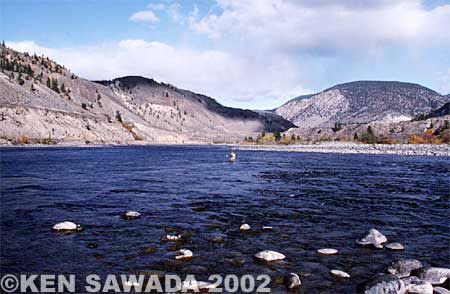
The Thompson River in Canada is said to be No.1 Steelhead river in the world.
The River Tay
Starting by the River Test, I fished around many rivers in England and Scotland. As I had been informed in advance, all the rivers but the River Tay had such terrible low water that it was almost impossible to fish salmon.Luckily the River Tay had sufficient water and salmon jumped in the heart of stream. I walked into the water, feeling my body tensed.
It was a famous beat called Almondmouth near the mouth of the River Tay. The river was wide there and became suddenly deep off the bank side. I could not walk far into the water to get a good standing point. Salmon was jumping near the heart of the stream 40m ahead.
2 hours passed. Fortunately I could catch an over 15lb salmon. No angler cast the fly as far as the spot I got the bite. My new rod of 17ft showed the great performance.
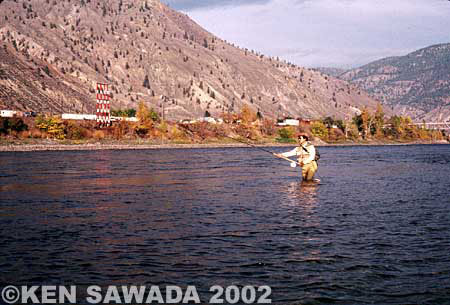
The river, the pool and the fish, all are big in the Thompson River.
Thompson Spey
2 weeks after coming back from Britain I got another experimental rod of 17ft 6 in. Well, I thought the longest shooting rod suitable for #12 line was 17ft long. I expected it to satisfy my request for both sharp casting and powerful fighting performance with huge fish.However, I also wanted a longer rod, if possible. I tried to make a 6-inch-longer one. Soon I had a chance to test it.
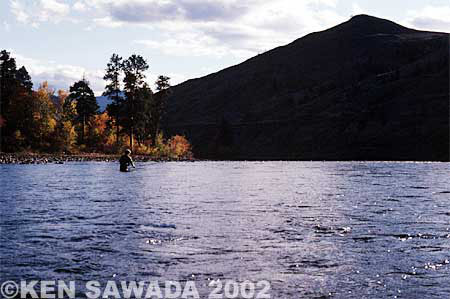
The Thompson River has big stones on the bottom and is very slippery. It is famous as a dangerous river as well as a sacred river for giant Steelhead.
I had regularly fished Steelhead in autumn in Canada since 1984. I had been to Vancouver Island to fish the Campbell River and the Stamp River for the first 4 years. Then in the 5th year of 1988, I planned to fish the Thompson River, the sacred river for giant Steelhead.
I first saw the Thompson River in 1980 on my way to Kamloops. Now I had much more opportunities to fish big rivers than 1980 but the river looked still great to me. Why does such a big river flow through the desert? I had the same question as 8 years before.
Fortunately I caught 2 Steelhead in that great river. One was caught with 20ft spey rod SS2012 in the evening when it came near to the bank. The other was caught in the fast current 40m ahead of me during the daytime.
I realized again what great performance double-handed shooting rod made.
Comparing 17ft rod and 17ft 6in one, the former, today's Space Shooter 1712D made greater performance, as I had expected. The latter, 6 inch longer one, ended up in a few number of production under the name of Thompson Spey. But in 1993 it was revived as 18ft Cherry Spey after its strong point of elasticity was more developed.
-- To be continued --
- NET SHOP INFORMATION
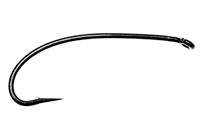
SL6 Black Spey Hooks
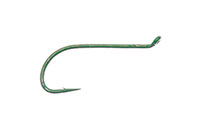
DU3 Limerick Spinner Hooks
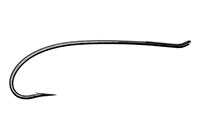
SL4 Single Bartleet Hooks
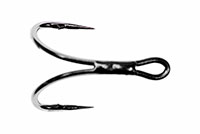
XD1 Tube Fly Double Hooks
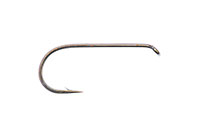
DD2 Flat Perfect Hooks
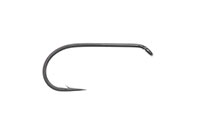
DD1 Black Terrestrial Hooks
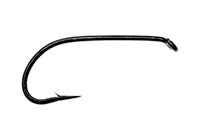
TD4 Old Limerick Wet Hooks
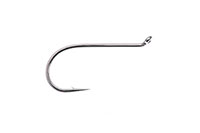
DU1 Silver May Hooks
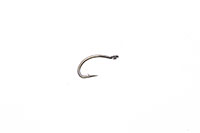
MU1 Flat Midge Hooks
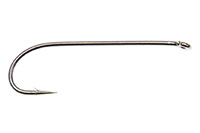
LD3 Long Limerick Hooks
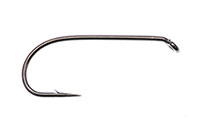
TD2 Summer Sproat Hooks
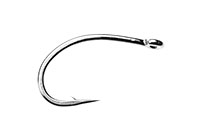
XS1 Tube Single Silver Hooks
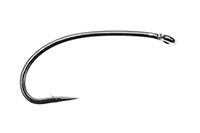
TD6 Siver Sedge Hooks

SL5 Black Spey Hooks

DU3 Limerick Spinner Hooks
- TROPHY CLUB
- FLY SHOW
- EXHIBITION
- MASTERS`
- FLY DRESSING CONTEST Archives
- TRAVELLER Archives
- TACKLE IMPRESSIONS Archives
- ANGLERS` PHOTO GALLERY Archives
- ----------------------------------------------
- トロフィークラブ
- フライショー
- エキシビション
- マスターズ
- フライドレッシング・コンテスト・アーカイヴ
- トラヴェラー・アーカイヴ
- タックル・インプレッション・アーカイヴ
- アングラーズ・フォトギャラリー・アーカイヴ
株式会社サワダ 185-0021 東京都国分寺市南町3-13-4
SAWADA'S INC. 3-13-4 Minamicho, Kokubunji, Tokyo 185-0021, Japan
写真・ドキュメントの無断転載を禁じます。
All the images and documents found on this site are owned by Ken Sawada and may not be used without permission.
But, link to this site is FREE.
Copyright © 2000 - 2025 SAWADA'S INC.. All rights reserved.
SAWADA'S INC. 3-13-4 Minamicho, Kokubunji, Tokyo 185-0021, Japan
写真・ドキュメントの無断転載を禁じます。
All the images and documents found on this site are owned by Ken Sawada and may not be used without permission.
But, link to this site is FREE.
Copyright © 2000 - 2025 SAWADA'S INC.. All rights reserved.
